More Whirling Winds .. and the case of the flying bench!
In March 1970, 22 Squadron (who were based at RAF Chivenor) presented a seat to the people of Braunton (a village 5 miles west of Barnstaple in North Devon). The bench was presented "In recognition of the kindness shown by the people of Braunton towards the airmen of RAF Chivenor".
The RAF delivered the 'bench of gratitude' to Braunton Beacon courtesy of a 22 Squadron Whirlwind.
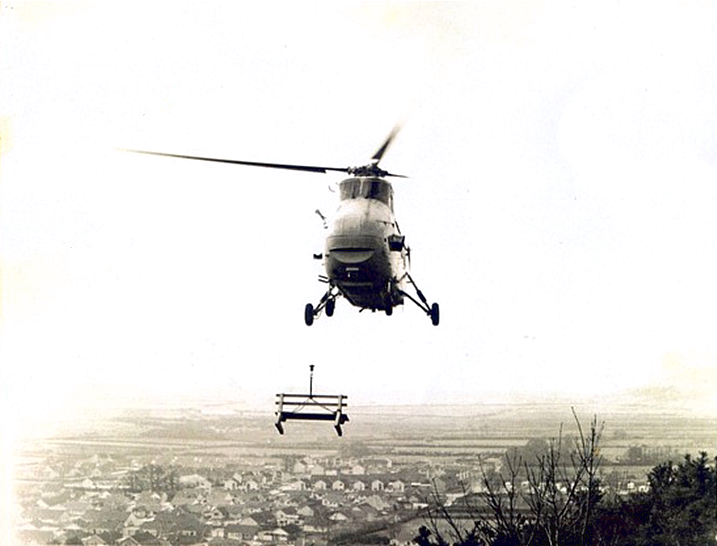
An RAF Whirlwind from 22 Squadron RAF Chivenor delivers a token of appreciation to Braunton Beacon in March 1970
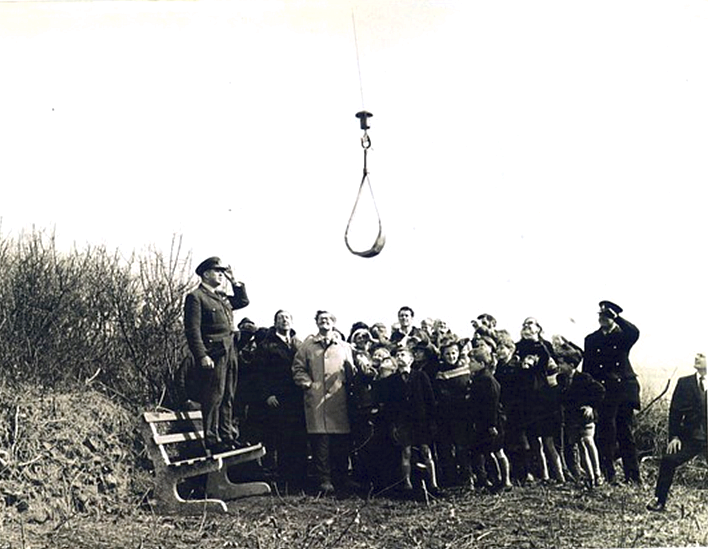
"My lords, ladies and gentlemen (and people of Braunton); I stand atop this here bench of to verily proclaim that No. 22 Squadron are truly kings of the castle and every other squadron something of dirty rascals!"
(You may need to have attended school in England to appreciate the above remark so .. my apologies to our non-British readers).

Brauntinians gather at the 'lowering of the bench ceremony' on Braunton Beacon in March 1970! The lady in the rear right of the photograph (wearing a headscarf) is Monica Huxtable and the boy in the foreground (looking at the camera and wearing a patterned jumper) is Graham Norman
In March 1970, 22 Squadron (who were based at RAF Chivenor) presented a seat to the people of Braunton (a village 5 miles west of Barnstaple in North Devon). The bench was presented "In recognition of the kindness shown by the people of Braunton towards the airmen of RAF Chivenor".
The RAF delivered the 'bench of gratitude' to Braunton Beacon courtesy of a 22 Squadron Whirlwind.

An RAF Whirlwind from 22 Squadron RAF Chivenor delivers a token of appreciation to Braunton Beacon in March 1970

"My lords, ladies and gentlemen (and people of Braunton); I stand atop this here bench of to verily proclaim that No. 22 Squadron are truly kings of the castle and every other squadron something of dirty rascals!"
(You may need to have attended school in England to appreciate the above remark so .. my apologies to our non-British readers).


Brauntinians gather at the 'lowering of the bench ceremony' on Braunton Beacon in March 1970! The lady in the rear right of the photograph (wearing a headscarf) is Monica Huxtable and the boy in the foreground (looking at the camera and wearing a patterned jumper) is Graham Norman

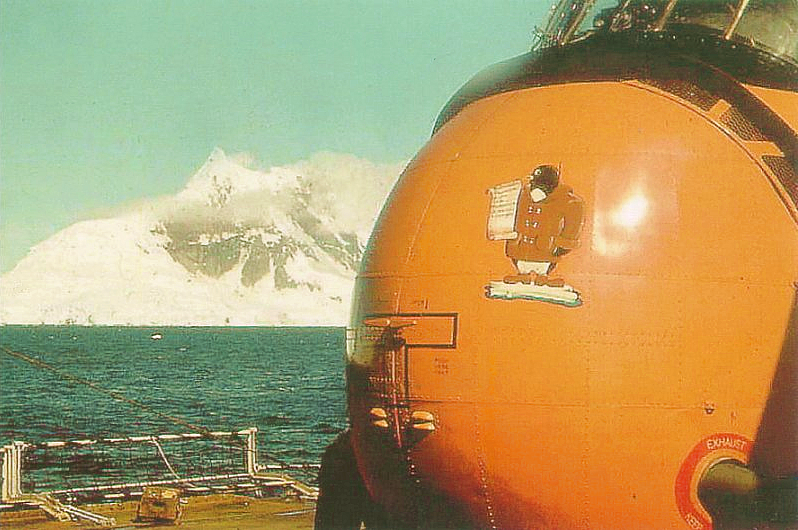
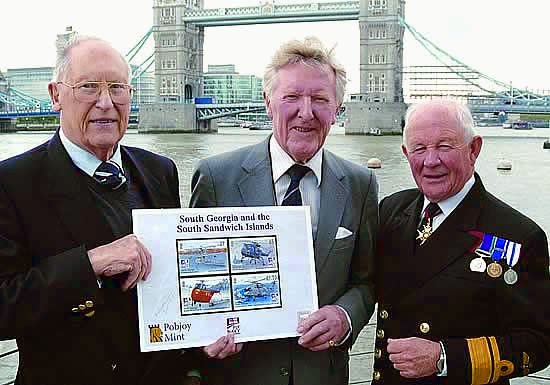



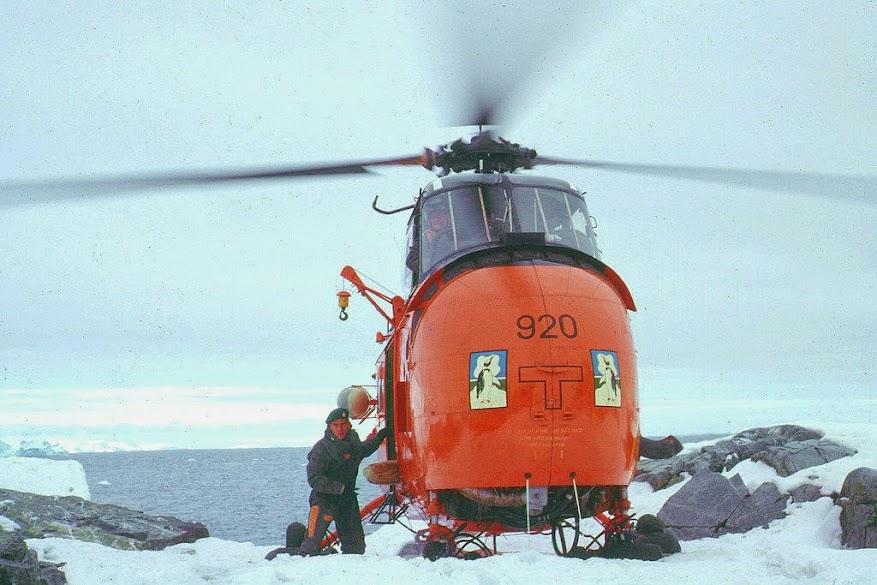



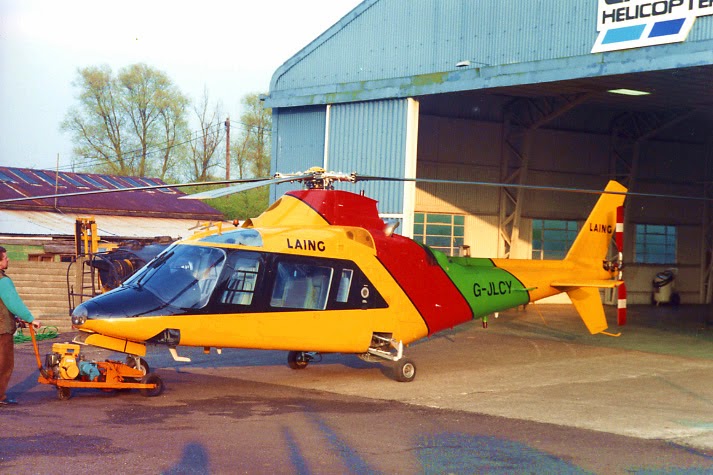











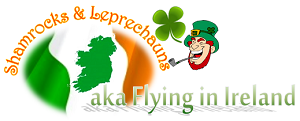 .................................................. .................
.................................................. .................
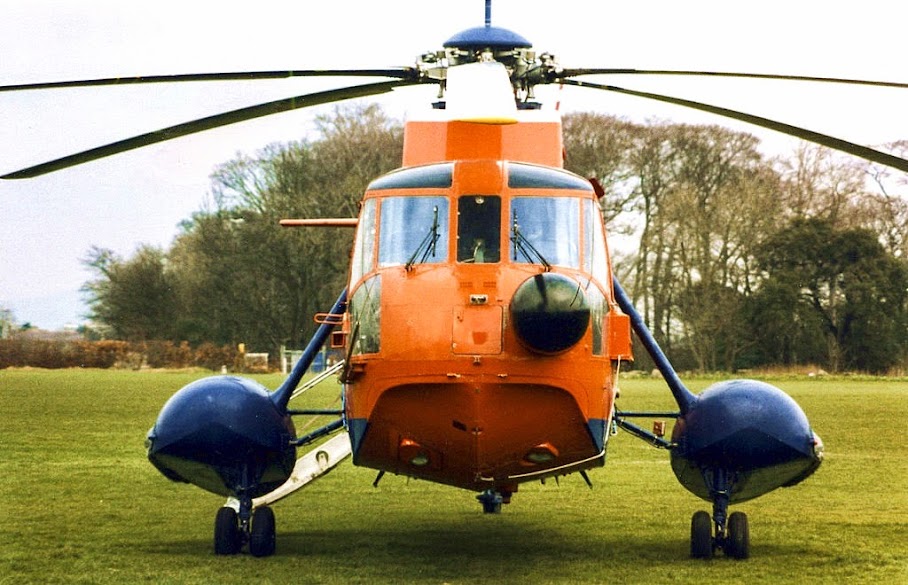





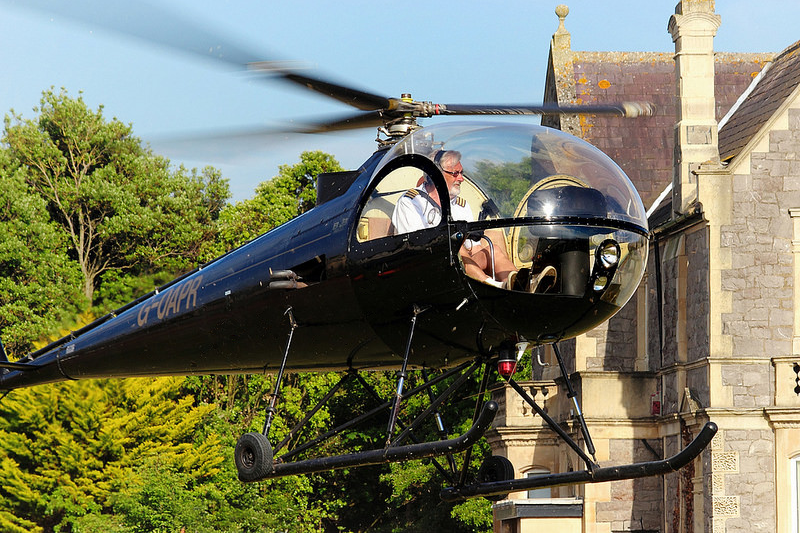




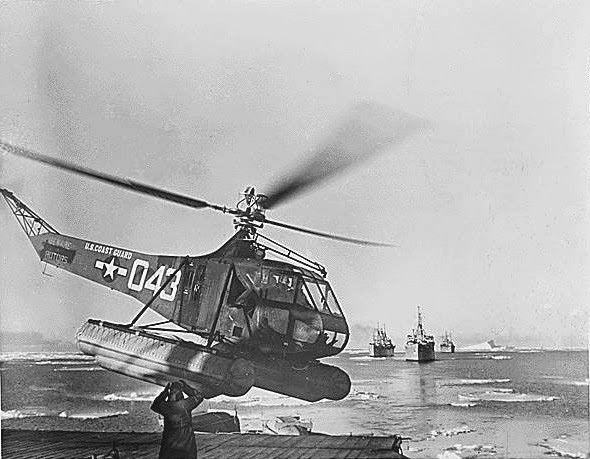



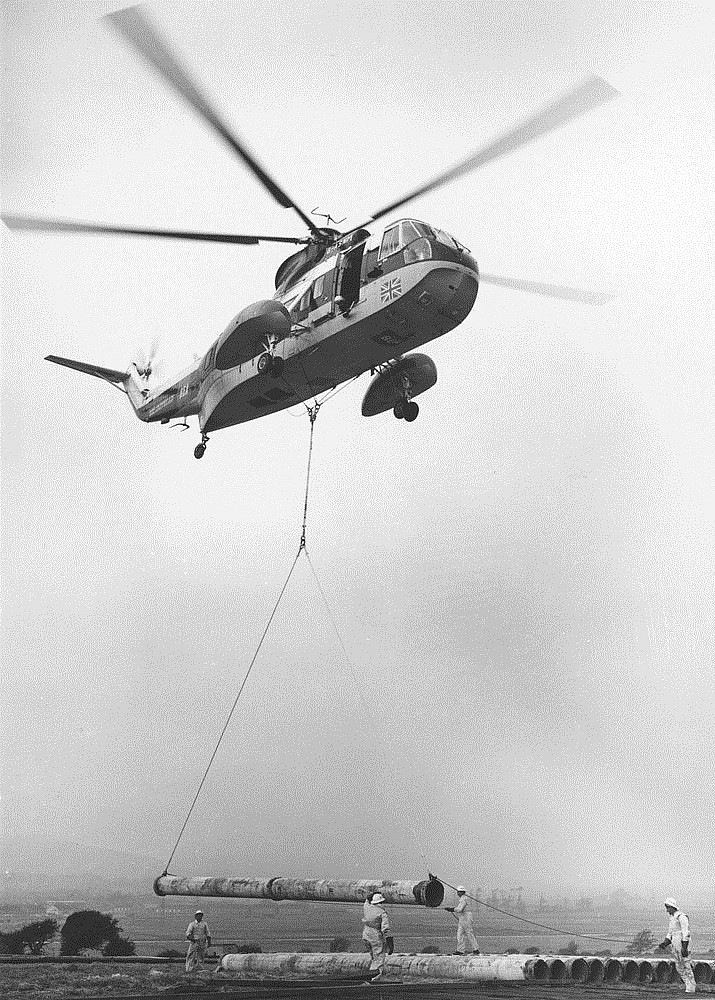
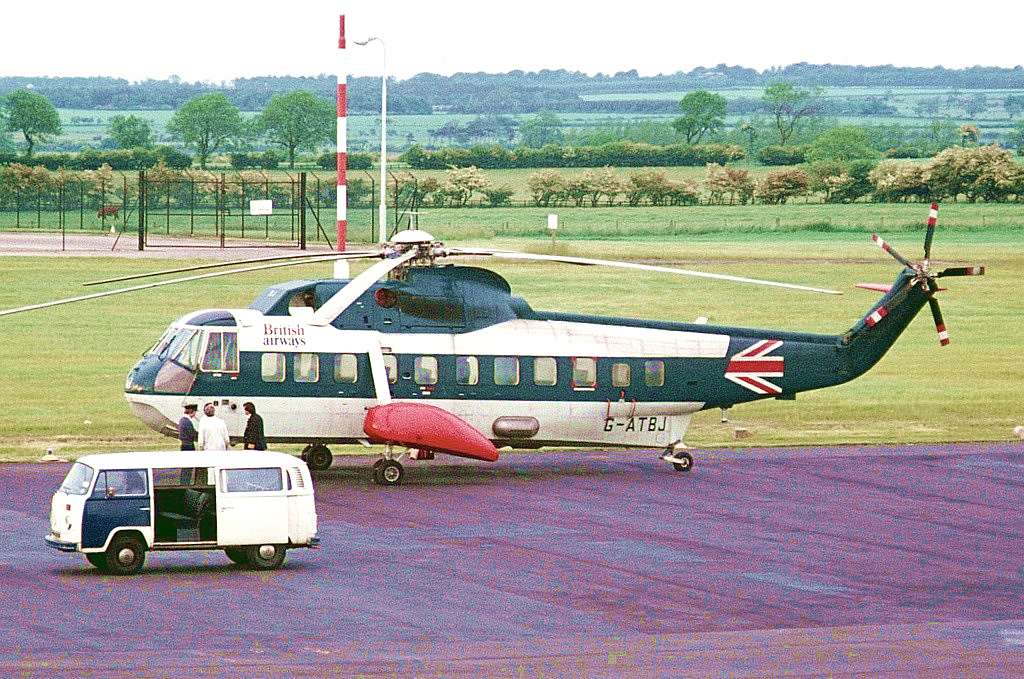






Comment